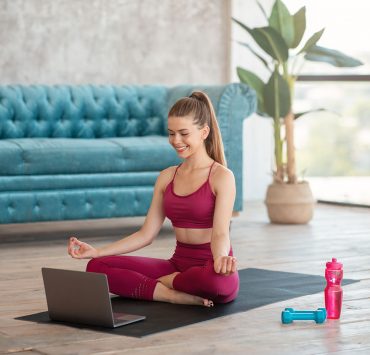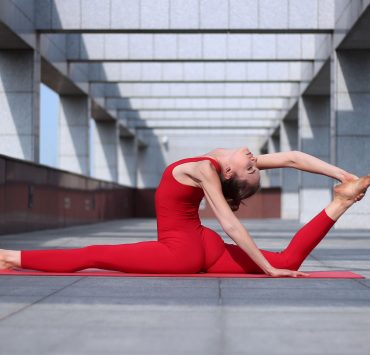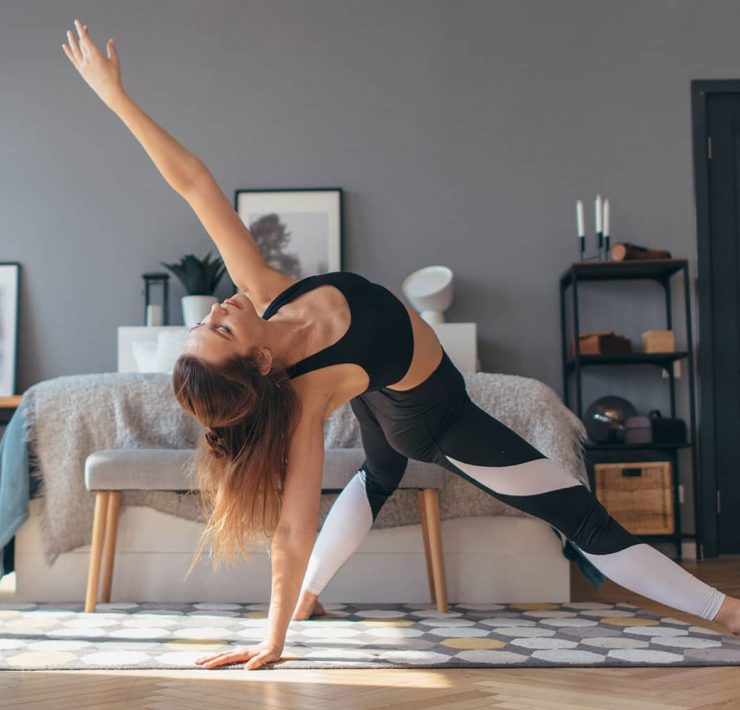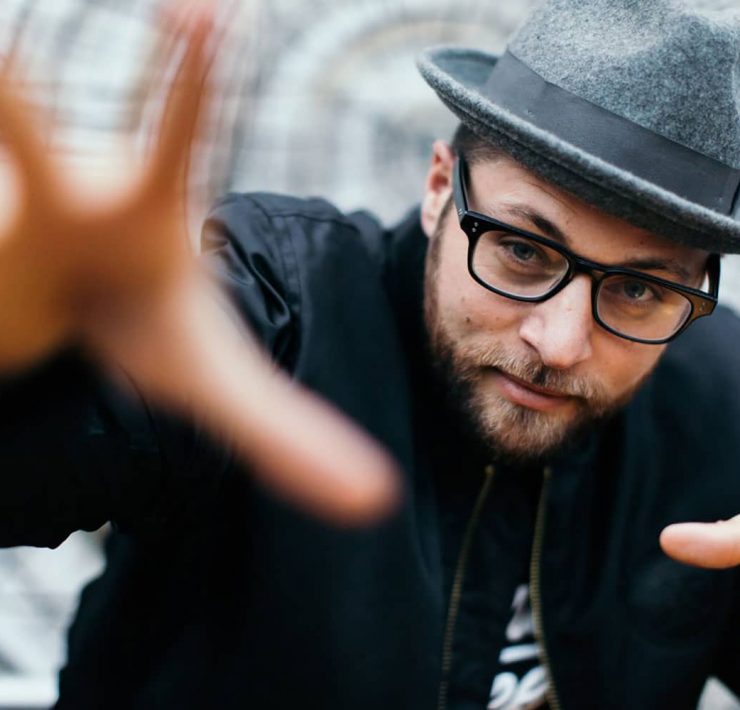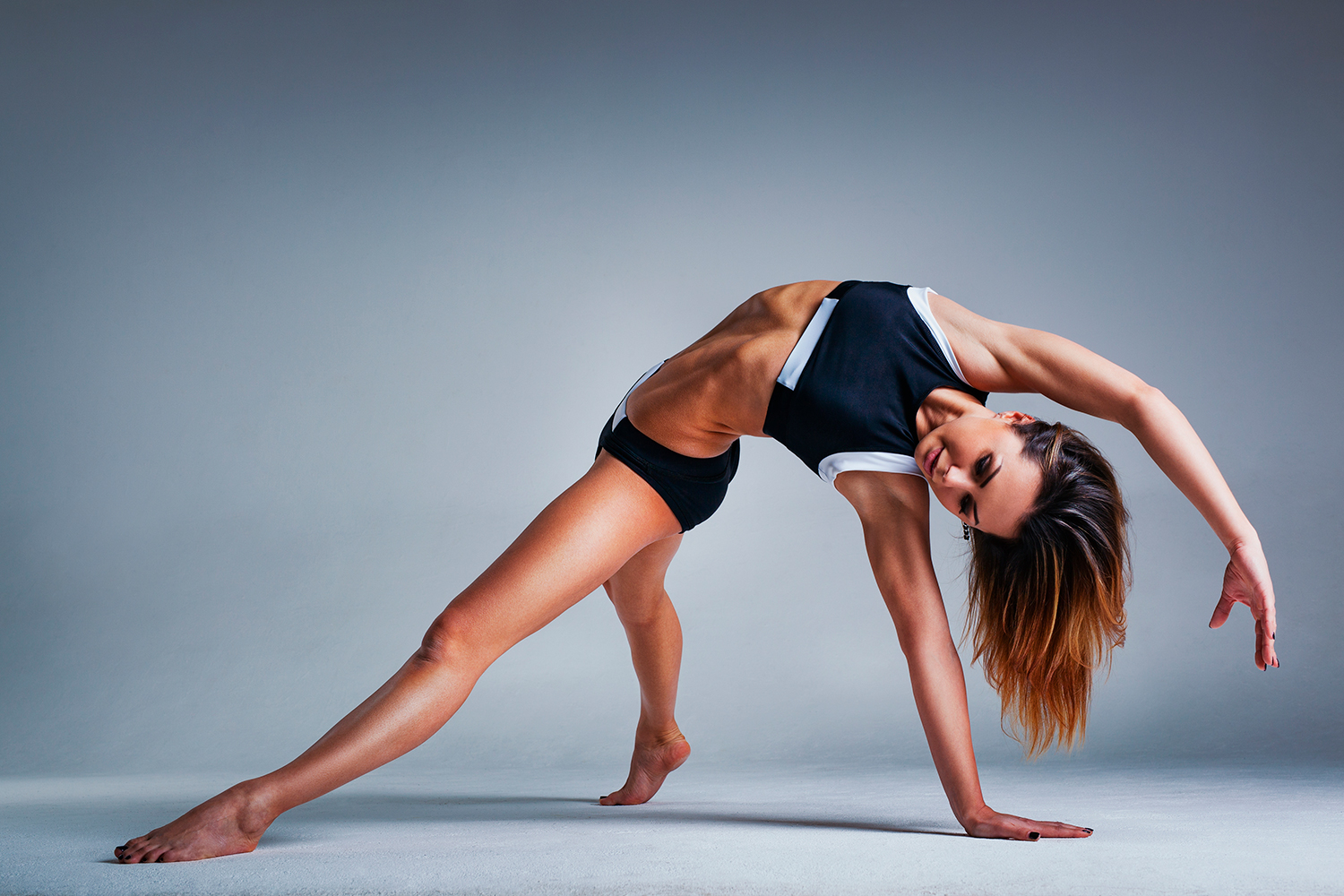
Yoga, meditation, and spirituality are at the top of the…
Vinyasa yoga is an incredibly popular style of yoga in the western world. Go to any of your local studios, and chances are they’ll have at least a handful of Vinyasa classes on the schedule. So why is Vinyasa such a sought after class? The top reason is likely that Vinyasa speaks to the person who is looking for both a physical challenge and a spiritual and mental practice. The flowing style of movement and challenging postures in Vinyasa yoga classes help practitioners work the entire body, working on strength, stamina, and flexibility. At the same time, the postures and emphasis on breath allows students to tune in and find a deep connection to themselves and the practice.
Vinyasa is an all-encompassing style, allowing students to turn inwards, focus on their body and breath, push their physical limits, and really connect to the present moment. If you are interested in learning more about this ubiquitous style of yoga, this article will help you get a deeper understanding of the specific practice.
What Does Vinyasa Mean?

In Sanskrit, vinyasa translates to “to place in a special way.” This implies that, in Vinyasa yoga, we are moving our bodies in a conscious, mindful manner, rather than simply moving without purpose.
Vinyasa can be used in a few different contexts in the yoga world, so it can be a bit confusing to yoga practitioners. Most often, however, it is used to label a specific style of yoga. It also can describe a specific sequence of postures.
Vinyasa often refers to a style of flow-centered yoga, in which practitioners move fluidly through different postures by connecting breath to movement. In this style, students will connect one inhale or exhale with one movement. Typically, the inhales are connected to upward movements, while the exhales are connected to downward movements or twists.
While this breath to movement component is most often associated with Vinyasa yoga, many consider this breath connection to be vital to any yoga practice, as it allows for a deeper inward connection and more mindful movement.
When a teacher cues a vinyasa, they are referring to a certain sequence of movements. This sequence requires moving from Plank Pose to Four Limbed Staff Pose to Upward Facing Dog to Downward Facing Dog. If you take a Vinyasa class or any flow style class, it is highly likely that you will practice this sequence at least a handful of times within the session.
History of Vinyasa Yoga

We can find links to Vinyasa yoga as far back as 1500 BC. In the Vedas, there are mentions of connecting conscious breathing to movement. Around 300-400 BC, in the Yoga Sutras of Patanjali, we again see the connection between breathing (pranayama), postures (asanas), and the other eight limbs of yoga.
The Vinyasa yoga practice as we see it today has roots in Ashtanga yoga, but is much looser that its very structured predecessor. In Ashtanga (which was developed by Sri K. Pattabhi Jois in the 20th century), there is a strict structure of rules, including set sequences that you must follow. While Vinyasa yoga incorporates many of the same asanas that you will find in an Ashtanga class, there is much more variety in terms of sequence structure.
What to Expect in a Vinyasa Yoga Class

More often than not, a Vinyasa class will begin with gentler poses to warm up the body. From there, the teacher will guide students into more challenging sequences, which may include balancing postures or inversions. Typically, a class will be created around working towards a peak pose. After reaching the peak pose, you can expect to cool down with gentler sitting stretches, and finally a savasana.
Since it is much more free form than styles like Ashtanga, a Vinyasa yoga class allows for a lot of variety. Some may be more fast paced, while others may be slower. Some may be incredibly physically challenging, while others may be gentler. Some teachers may choose to focus more on pranayama (breathing techniques) or meditation, while others may focus solely on the asanas. Vinyasa yoga can take on many forms, so when going to a new class, you might have to expect the unexpected!
The sequences, postures, music, and overall vibe of a Vinyasa yoga class will differ between different studios and teachers. There are, however, a few key elements that you can expect:
Ujjayi Breath:
This is the breathing technique used in a Vinyasa class. It helps to center your focus and bring you to the present moment, as well as build up heat in the body. In this breath, you breathe in and out of the nose, creating what is often referred to as an “ocean noise” at the back of your throat.
Flow:
As mentioned, in a Vinyasa yoga class you will be moving in a breath to movement pattern, connecting one breath to one posture. This creates a dynamic flow, rather than a more still feel that you might find in gentler or alignment-based classes.
Transitions:
Transitions are essentially what create the flow. They connect one movement to the next to create this fluid motion. While there can be less emphasis on these transitions, they are just as important as the asanas themselves.
“Move Through Your Vinyasa”:
You will most likely be cued to move through your vinyasa at least a handful of times. A more detailed breakdown of the components of this sequence and why it is done can be found below.
Moving through a Vinyasa

A vinyasa is used between sequences in order to reset the body and mind, reconnect, and energizes. Typically in a yoga class, you will do a series of postures on one side of the body, and then repeat that same series on the opposite side. Often, a vinyasa will be cued between these sides to re-center and bring the body into balance. Since the vinyasa sequence incorporates the entire body, it is also a great tool to keep the body warm and engage all the major muscles.
The full variation of vinyasa moves from Plank Pose (Phalakasana), and exhales into Four Limbed Staff Pose (Chaturanga Dandasana). From there, you inhale into Upward Facing Dog (Urdhva Mukha Svanasana), and then exhale back to Downward Facing Dog (Adho Mukha Svanasana).
The full variation may not be appropriate for beginners or those who are working with certain injuries or limitations. This modified version is particularly useful for the student who is still building strength in their arms, or one who simply needs a less-impactful sequence to practice if they are feeling tired. In a beginner’s variation, you move from Plank Pose (Phalakasana), and exhale into Knees-Chin-Chest Pose (Ashtanga Namaskara). Then, you inhale into Cobra Pose (Bhujangasana), and then push back on an exhale into Downward Facing Dog (Adho Mukha Svanasana).
If you are just learning about how to properly do a vinyasa, you can test out both versions and see what works best for your body. Even if you are an experienced yogi, remember that you don’t have to do the full variation every time. There are moments when you’ll want to go all out, and other moments when you’ll want to be gentler with your body.
Benefits of Vinyasa Yoga

Vinyasa yoga offers many benefits for both the body and mind. When practice consistently, it can have a profound effect on your overall life. Some of the benefits of vinyasa yoga include:
Beneficial Cardio Workout:
People don’t often think of yoga as being a cardiovascular workout, but the dynamic flow of Vinyasa provides just that. The continuous movement builds heat, helps you burn calories, and can improve both cardiovascular and respiratory health. Whether you want to lose weight or are making your health a priority, Vinyasa can be a great physical workout.
Reduces Stress:
As with other styles of yoga, a Vinyasa class can help you reduce your stress levels. Through both the physical asanas and the heightened levels of mindfulness, a Vinyasa class can help you break down the negative effects of your stressors.
Builds Strength:
Many of the poses in a Vinyasa class will help you use your own body weight to build up your overall strength. If you really want to maximize your efforts, look for fusion classes that incorporate hand weights into traditional asanas.
Encourages Mindfulness:
Yogis who dedicate themselves to a consistent Vinyasa practice find that they are able to bring the mindfulness techniques they learn in the studio into their everyday lives. These mindful practices can help you learn to be in the present, work through challenges effectively, and overall have a higher life satisfaction.
If you are looking for a varied and fun yoga practice that can help you reduce stress, connect inwards, and promote physical health, Vinyasa yoga is a great option for you. This widely popular style is common in studios and online classes, so you’ll easily be able to find offerings available to you.
What's Your Reaction?
Yoga, meditation, and spirituality are at the top of the list for writer and former nutritionist Amanda Carter. This devoted practitioner enjoys writing about health and wellness just as much as she enjoys living it.






